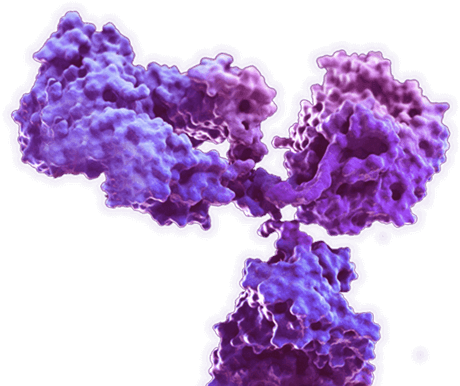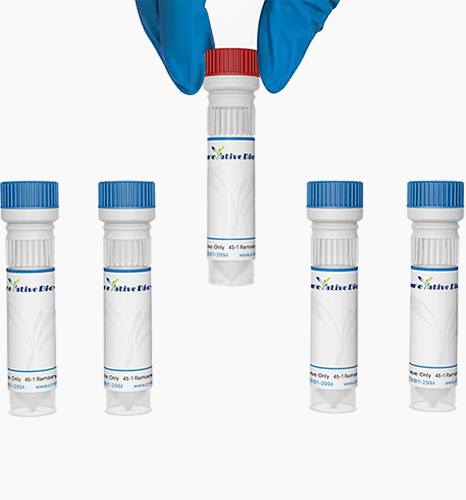BL21(DE3) electro competent cells (MOFY-0822-FY488)
Cat: MOFY-0822-FY488
Certificate of Analysis Lookup
To download a Certificate of Analysis, please enter a lot number in the search box below. Note: Certificate of Analysis not available for kit components.
Lot Number
To download a Certificate of Analysis, please enter a lot number in the search box below. Note: Certificate of Analysis not available for kit components.
Lot Number
| Size: | |
| Inquiry |
- Specifications
- Properties
Specifications
| Description | BL21(DE3) is a Lon protease and OmpT outer trypsin-deficient strain. The DE3 region of lambda phage contains T7 phage RNA polymerase, and this region is integrated into the chromosome of BL21, so it is called BL21 (DE3). BL21(DE3) strain can express both T7 RNA polymerase and E. coli RNA polymerase for protein expression of pET series, pGEX, pMAL and other plasmids |
| Gene Types | F- ompT hsdSB (rB- mB- ) gal dcm (DE3) |
| Size | 50 µL/vial |
| QC result | Transformation efficiency of pUC19 plasmid detection:> 1×1010 cfu/μg DNA |
| Note | 1. When adding DNA, the volume should not be greater than 1/10 of the competent volume. 2. When adding competitive cells into the electric shock cup, avoid generating air bubbles, which will increase the risk of arc discharge. 3. When the DNA is impure or contaminated with salt, ethanol, protein and buffer, the transformation efficiency drops sharply. 4. The ions in the shock cup can increase the conductance of the solution, increasing the risk of electric current and arcing in solutions containing cells and DNA. 5. If you want to transform large plasmids or want to obtain higher transformation efficiency, it is recommended to use a high-purity plasmid extraction kit to extract the plasmids. Double the size of the plasmid, and the transformation efficiency drops by an order of magnitude. 6. For the transformation of ligation products, the ligation system or recombination system of some companies (for example: Thermo, NEB's T4 ligase system, NEB, Tiangen's 50-degree reaction recombination system) can directly interact with BL21 (DE3) electroshock competent After mixing, electroshock transformation without purification, but the DNA concentration should not be too high, try not to exceed 100 ng/μl. Too high a concentration of ligation product or too large a volume of ligation product will reduce conversion efficiency and increase the risk of arcing. 7. Gently operate when mixing plasmids, avoid excessive force when sucking competitive cells, so as not to damage the cell membrane due to excessive shearing force and reduce the transformation efficiency. Transforming high concentrations of plasmids or ligation products can correspondingly reduce the amount of bacteria that are ultimately used for plating. 8. Electroporation of competitive cells should be kept below -80°C as much as possible. Over-storage at temperatures above -80°C will cause the transformation efficiency to decrease. |
Properties
| Shipping | Dry ice |
| Storage | Store at -80 °C |
| Handling Advice | Immediately upon receipt, cells were transferred from dry ice to -80°C refrigerator. |
Related Products
| MOFY-0822-FY489 | BL21-CodonPlus (DE3)-RIPL competent cells (MOFY-0822-FY489) |
| MOFY-0822-FY490 | BL21 Star(DE3)pLysS competent cells (MOFY-0822-FY490) |
| MOFY-0822-FY491 | BL21 Star(DE3) competent cells (MOFY-0822-FY491) |
| MOFY-0822-FY492 | BL21(AI) competent cells (MOFY-0822-FY492) |
| MOFY-0822-FY493 | BL21(DE3)pLysS competent cells (MOFY-0822-FY493) |
| MOFY-0822-FY494 | BL21(DE3) competent cells (MOFY-0822-FY494) |
| MOFY-0822-FY495 | BL21 competent cells (MOFY-0822-FY495) |
For Research Use Only | Not For Clinical Use.
Online Inquiry


